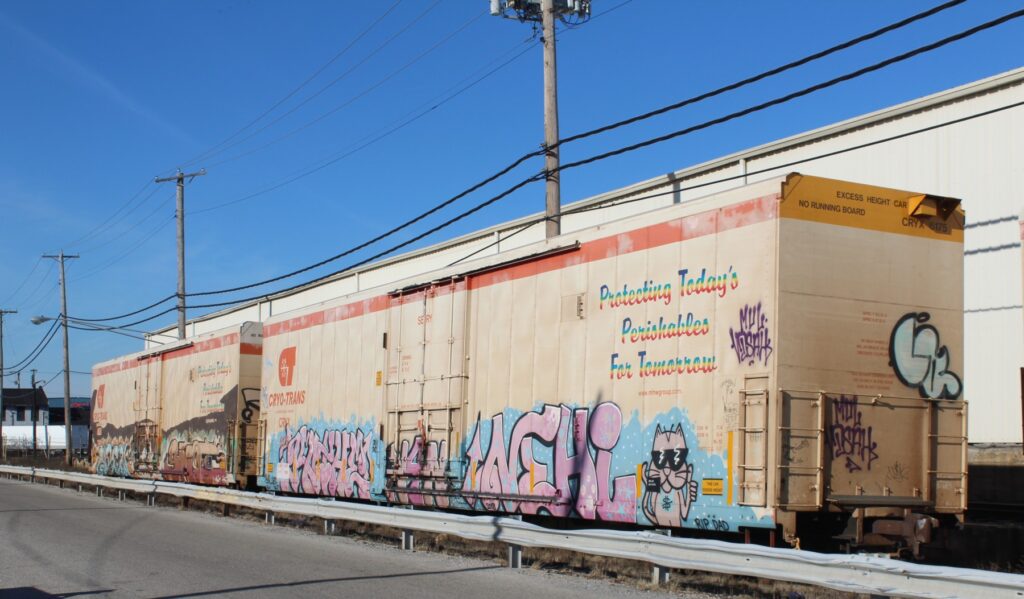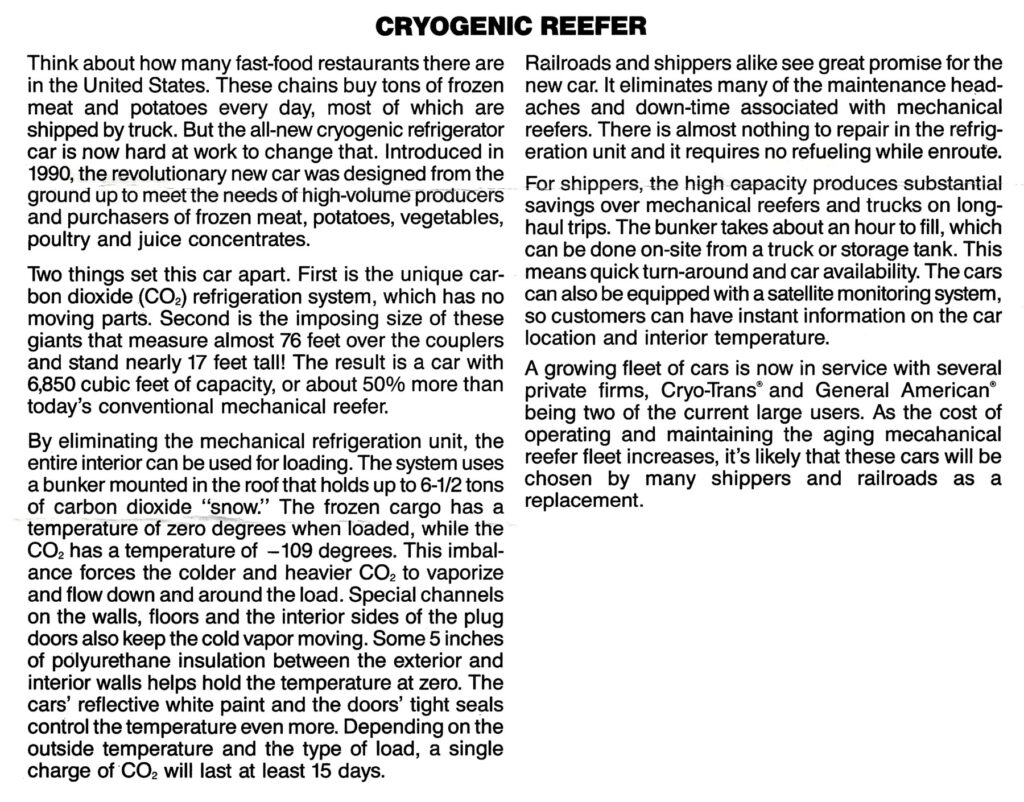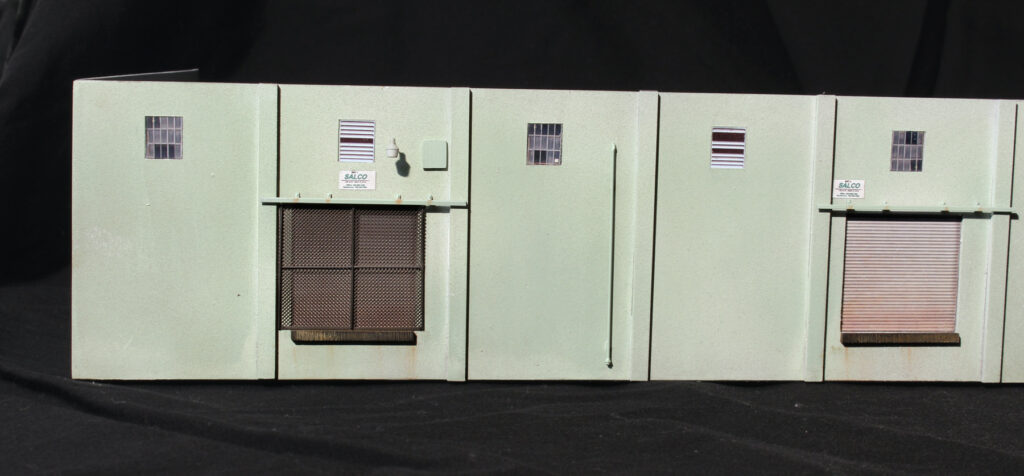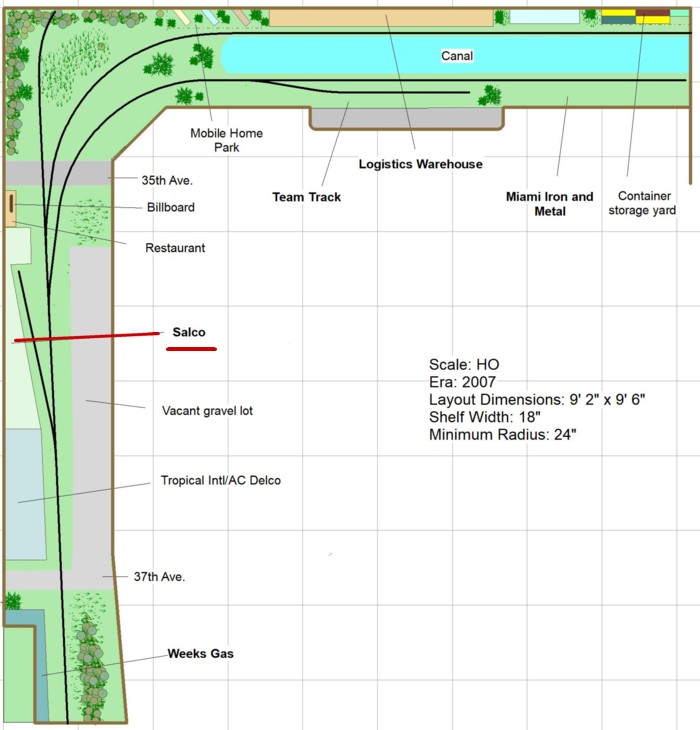A possible cover for my next book. This scene doesn’t exist in reality, it’s photoshopped.
Thanks to everybody that took the time to read my recent blog, “Miami’s Other Shortline”. I also appreciate the feedback received. I need to come clean though, the piece was total fiction. The railroad in the article doesn’t exist. It was an experiment, a marketing study if you will.
Here’s what’s going on. In May of 2024, the book I wrote on structures for Kalmbach will hit the shelves. At that point I will have covered in book form all of the major modeling subjects; design, track plans, operations, construction, scenery, structures, and composition. I have no interest in writing additional books on niche modeling topics. Unfortunately, if I stick to traditional model railroad book themes that’s the only option.
So, I’m at a crossroads in that I really enjoy writing but have hit the end of the proverbial line. I strongly considered moving to mainstream, non-rail fiction, under a pen name. It’s still an option but it would be a daunting task. As a new author, I’d be an unknown grain of sand in an ocean of established writers. For those unfamiliar with what goes on behind the scenes in publishing, it is entirely possible, and in fact it’s the most common outcome, for an author to spend six months or longer writing a 350 page novel, and only net a few hundred dollars.
What I’m leaning towards hasn’t been done before and carries the very high potential for either embarrassing myself or, more likely, ending up with a concept that doesn’t sell. The genre I’m considering would be rail fiction, essentially taking something like the recent blog and expanding it into book form. Titles would be on plausible, but fictional, model-worthy, shortlines with an entertaining but believable backstory. Rail related but with a twist to make it entertaining. A framework for a modeler to build a conceptually solid, freelance road, without resorting to the overly corny, clearly made up, “Billy and Suzie Connecting Railroad” type of deal.
A lot of questions need to addressed. Can I write something interesting? Can I thread the needle of doing so in a way that isn’t cheesy, corny, and trite on one hand but not downright dull on the other? Based on the feedback from blog experiment, I think so. It’s uncharted territory. I’d want the books to be entertaining, something you’d take on a plane or to the beach. However, I’d like to do so in a way that a reader might be inspired to build a layout from the material. To that end I’d include a track plan or two.
The other piece of the puzzle is marketing. My readership falls into two groups. The first is my “birds of a feather stick together” longtime blog followers who I direct my books towards. They usually scoop up a book in the first three months. After that, purchases come from the general hobby pool. It’s these “trailing purchases” over the years that ultimately make up most of my sales. Getting the general model railroading demographic to buy the book could be a tough sell. I can see a situation where the book launches well for the first few months and then drops into oblivion thereafter.
Interesting times lie ahead.









